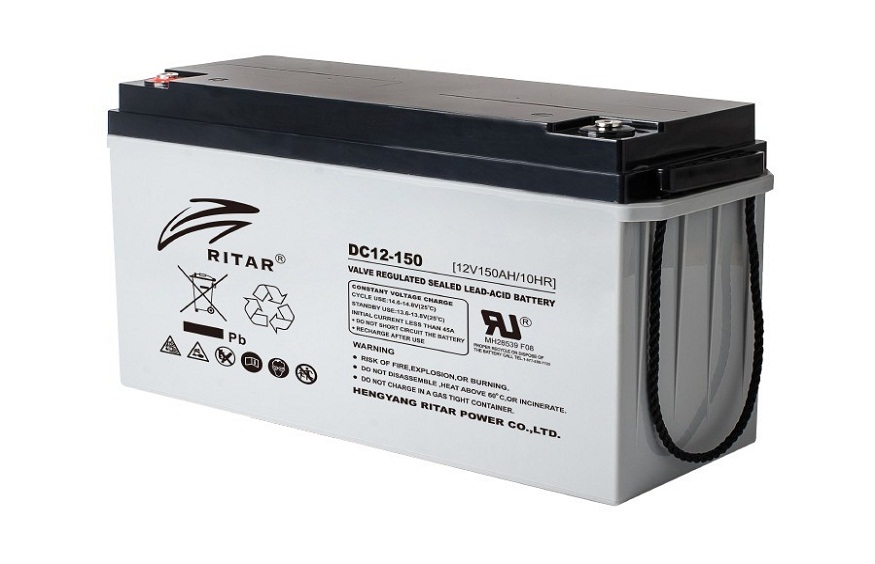Carbon-based materials are gaining front stage in the creation of new technologies as the world searches creative ideas to stop climate change and improve sustainability. Among these materials, Continua and recovered carbon black are leading the way in offering sustainable substitutes that not only increase energy efficiency but also support a circular economy. Not only does this help These developments in carbon technology are changing sectors, encouraging sustainability, and opening the path for a better future by means of which this paper investigates.
The Discovery of continua as a Sustainable Carbonaceous Resource
Creative Composition and Qualities
Developed via much study and creativity, Continuum is a novel sustainable carbonaceous material (SCM). Unlike conventional carbon blacks, Continua is made utilising environmentally friendly methods that maximise performance while lowering effect. Its special mix provides improved characteristics like less hysteresis, which results into less rolling resistance in tires. Apart from increasing fuel economy, this decrease in energy loss lowers CO2 emissions, which makes Continua a desirable choice for producers trying to satisfy high sustainability goals.
Uses in Various Fields
Continua’s adaptability lets it be used in many uses outside of the tyre market. Its qualities make it fit for usage in rubber goods, coatings, and plastics where it may replace traditional carbon blacks without sacrificing performance or quality. In the coatings sector, for instance, Continua might be a pigment that offers colour and simultaneously improves durability and environmental factor resistance. This flexibility makes Continua a major participant in many fields aiming at environmentally friendly solutions.
The Function of Recovered Carbon Black
Using Carbon in a Circular Manageable Approach
Another major development in carbon technology that fits with environmental objectives is recovered carbon black (rCB). Made from end-of- life tires’ pyrolysed waste products, rCB offers a circular economy model by turning trash into useful resources. By offering a substitute for virgin carbon black manufacture, this technology not only lowers landfill trash but also helps to preserve natural resources. By using rCB into production techniques, businesses may reduce their carbon footprint without compromising product quality.
Improving Performance Attributes
Products’ performance properties may be greatly improved by including recovered carbon black. A recovered carbon black may, for example, enhance the mechanical qualities of rubber compounds, hence extending lifetime and durability. Its usage in tires also helps to improve traction and reduce wear, which are critical for efficiency and safety in automobile uses. Using rCB allows producers to comply with environmental rules and reach high-performance criteria.
Recovered Carbon Black in Synergy with Continua
Optimising Sustainability via Cooperation
Combining Continua with recovered carbon black creates a strong synergy that maximises efforts at sustainability in several sectors. Incorporating these cutting-edge materials into manufacturing techniques helps businesses produce goods that not only satisfy customer needs for performance but also complement environmental objectives. By reducing dependency on fossil fuels and thereby minimising waste output, this cooperation improves the whole value chain.
Motivating Product Development Innovation
Including rCB and Continua into new product development stimulates creativity in many different fields. While giving sustainability first priority, manufacturers might test various formulas combining these components to get certain performance characteristics. For instance, tire makers may combine Continua with recycled carbon black to produce tires with far less environmental effect but still great performance qualities.
Lead Batteries Made of Carbon: An Ecological Energy Source
Novel Approach for Energy Storage
Apart from developments in carbon materials such as Continua and recovered carbon black, carbon lead batteries are showing great potential for energy storage. These batteries boost longevity and performance by combining conventional lead-acid technology with additional carbon additions. Using carbon compounds improves battery conductivity, therefore enabling quicker charging times and more energy economy.
Supporting Integration of Renewable Energy
Reliable energy storage options made possible by carbon lead batteries are vital for facilitating integration of renewable energy sources. Effective storage becomes crucial for controlling supply and demand variations as additional renewable sources such solar and wind power find place on the energy system. By virtue of efficient storage of surplus energy produced during peak production times for use during periods of low generating, carbon lead batteries help to improve grid stability.
Next Developments in Carbon Technology
Initiatives in Research and Development
As continuous research and development projects investigate fresh uses and improvements for materials like Continua and recovered carbon black, carbon technology seems bright. By guaranteeing that valuable resources are utilised rather than thrown away, innovations like better recycling methods for end-of-life items will help to strengthen the circular economy.
Integrative Smart Materials
Additionally poised to transform our use of carbon-based materials are emerging technologies such smart materials. Manufacturers of Continua or recovered carbon black may build intelligent systems that adapt to changing circumstances or provide real-time performance metric feedback by including sensors or responsive features into their goods. This degree of creativity will encourage sustainability and propel even more efficiency in many different uses.
The Effect on Environmental Sustainability
Minimising Carbon Footprint in Different Sector
Directly helping to lower the total carbon footprint across several sectors is the incorporation of recovered carbon black into industrial processes using Continua. Companies may greatly reduce their greenhouse gas emissions throughout their supply chains by substituting sustainable alternatives for conventional fossil fuels produced commodities. This modification not only promotes company sustainability objectives but also fits with worldwide initiatives meant to slow down global temperature rise.
Promoting Ecological Customer Behaves
Sustainable goods are in more demand as people become more conscious of environmental problems. Using creative materials like reclaimed carbon black and Continua lets producers satisfy demand while keeping high standards of quality. Providing eco-friendly choices can help businesses attract customers that value sustainability in their buying choices.
Conclusion
Reimagining carbon lead battery via technologies like Continua and recovered carbon black is changing the field of sustainable technology spanning many sectors. These materials provide the path for a circular economy wherein waste is reduced, resources are preserved, and sustainability is at the centre of product creation by offering high-performance substitutes that give environmental responsibility first priority.
The possibility for good environmental effect increases dramatically as we keep discovering fresh uses for these sophisticated materials—from energy storage options to vehicle components. Adopting these technologies would not only improve energy economy but also greatly support worldwide initiatives meant to slow down global warming. Driven by the transforming potential of redesigned carbon technologies, the road towards a more sustainable future has already started.

